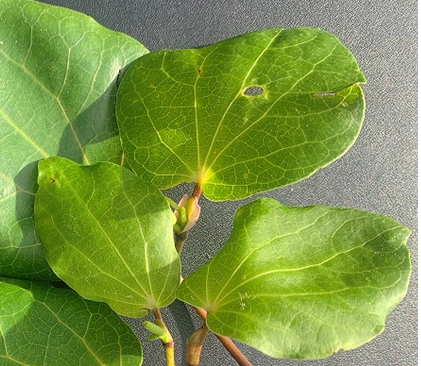A new technological trend of animating images of people is becoming popular with images Māori tipuna and other dead people being animated for fun without knowledge of the offence to Māori, whānau, hapū and Iwi, nor the tikanga breaches. The app is called “My Heritage app”.
In the past week I have seen several images that state the person is Te Rauparaha a famous Māori chief of Ngāti Toa whom the Ka Mata haka was composed by. Despite that fact that the each image had a different tā moko and none represented the man on the book cover of his biography originally written in Māori by his son He Pukapuka Tataku I Nga Mahi a Te Rauparaha Nui: A Record of the Life of the Great Te Rauparaha.
Another example that has caused widespread hurt and frustration to Waikatao Tainui is the animation of a former Kingitanga leader that has been widely shared on the Internet.
Firstly, it is a breach of tapu using a photo of a dead person and animating it. The image of a dead person whether they recently passed or are a tipuna (ancestor) interferes with the persons mana and their wairua and mauri.
Secondly, some considerations must be given to the loved ones of the deceased individual. It could cause huge emotional stress and concern if a loved one saw their deceased friend or relative on the Internet moving their eyes and face.
As with any technology, it will develop and become more sophisticated. It is possible that the app will integrate voice and many other traits to a photo.
Digital Agencies and contractors
All New Zealand app developer companies and contractors who have any ethical considerations should become more culturally aware and have a Te Tiriti policy within their organizations. Once New Zealand history is taught in schools, it will soon become apparent to the wider sector of the New Zealand population which companies are ethically and culturally unsafe.
Tertiary and other education facilities
There is online backlash from non Māori students who study broadcasting and multimedia at some of the major tertiary providers in New Zealand who are stating it is only an image. This raises a number of issues as to why are these students who pay large sums of money not being guided on ethical usages of images and cultural considerations. Do we blame the lecturer or the tertiary provider who has a legal and moral obligation to ensure all courses are compliant with Te Tiriti?
Tikanga on the marae
Some people are arguing that it is ok because we place our images on the wall of our marae. The difference here is that the photos in the marae were not placed there without proper consultation and long time protocols (Tikanga). Food and beverages are not consumed in the marae and there are a number of strict protocols that govern how people act in the marae. The marae is a sacred place.
Animated images of the dead are created by non Māori and Māori, shared with people as humor or artwork in the same manner the early colonisers created a trade for mokomokai.
A physical image can be removed, but a digital image will travel the world into hundreds of thousands of computers and servers making it impossible to return the image and where it is viewed. Furthermore, the image can be further manipulated into other images, imposed on people in still images and videos. This raises the possibility of a deep fake of a tipuna or other dead person being used in any video including R18 videos and images.
On the marae it is accepted that the image of the dead person’s mauri is still attached to the image. What happens to that persons mauri when their photo is digitised and sent all around the world? We certainly do not allow it to happen to our physical objects and repatriation of body parts of Māori is a key task of Te Papa Tongarewa.
Conclusion
Tikanga Māori is applicable in digital technologies and education facilities, developers and end users all have an obligation to consider Te Tiriti o Waitangi and tikanga Māori.


Leave a Reply
You must be logged in to post a comment.